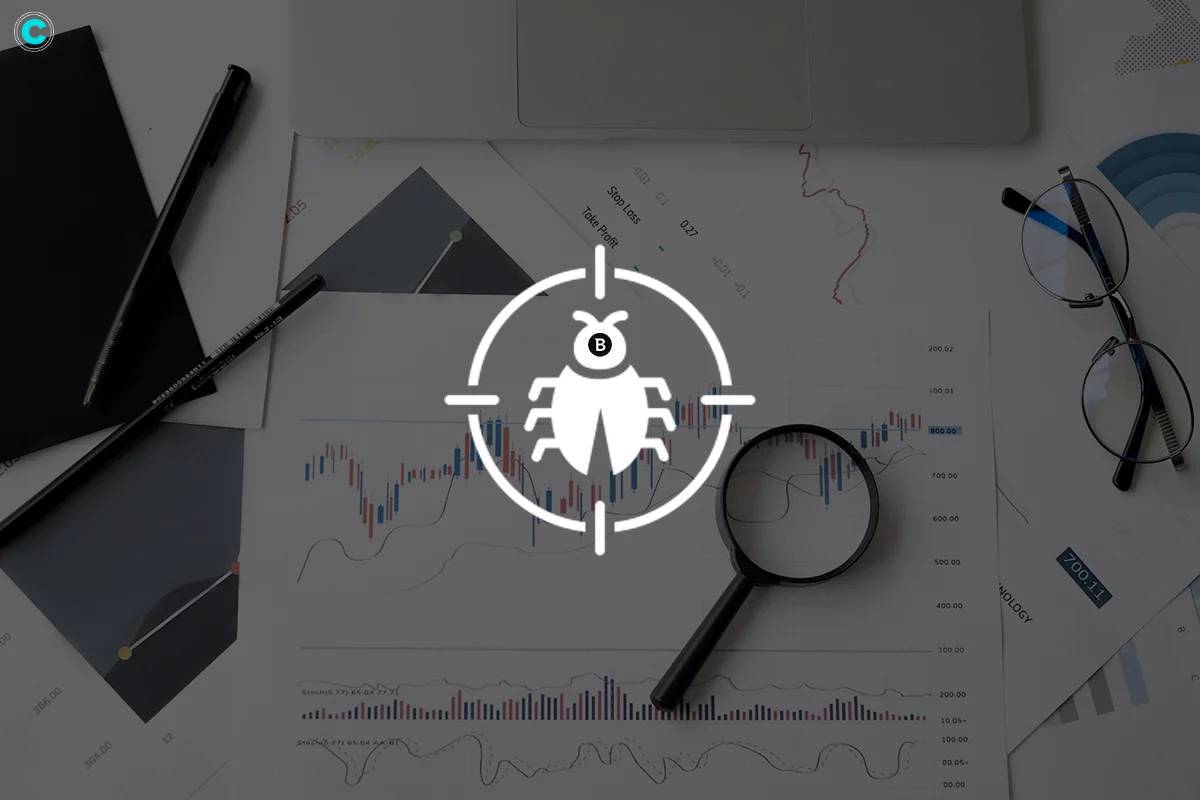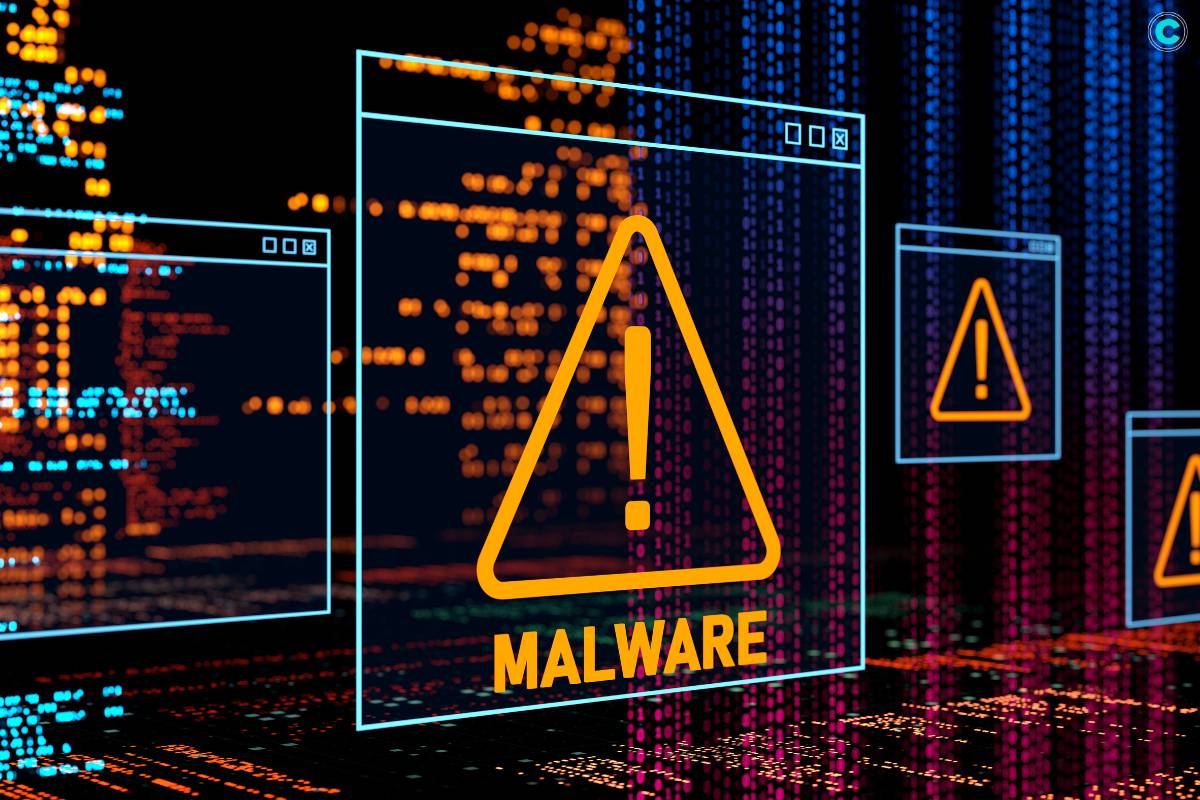Malicious software, or malware, is a constant concern in the networked world of digital landscapes. Cybercriminals are always improving their strategies, which makes malware more complex and difficult to identify. To combat this, protecting computer systems requires an understanding of and application of malware analysis. This article offers a thorough introduction to malware analysis, explaining its nuances and enabling users to protect their PCs from ever-changing online dangers.
Defining Malware Analysis:
Understanding Malware:
Malware is a broad term encompassing various types of malicious software designed to infiltrate and compromise computer systems. These can include viruses, worms, trojans, ransomware, and spyware, each with its own unique characteristics and objectives. Malware is often disguised as legitimate software or files, making its detection and analysis challenging.
The Need for Malware Analysis:
Malware Analysis is the systematic examination and investigation of malicious software to understand its functionality, behavior, and impact on computer systems. This practice is crucial for cybersecurity professionals, allowing them to develop effective countermeasures, enhance detection capabilities, and fortify defenses against emerging threats.
Types of Malware Analysis:
1. Static Analysis
Static Analysis involves examining the code or file without executing it. Security professionals use various tools to dissect the structure of the malware, analyze its code, and identify potential indicators of compromise. Static Analysis is effective for identifying known malware signatures and patterns.
2. Dynamic Analysis

Dynamic Analysis involves executing the malware in a controlled environment, such as a virtual machine, to observe its behavior in real time. This method helps uncover the malware’s actions, such as file modifications, network communications, and system interactions. Dynamic Analysis is particularly valuable for detecting new or evolving threats.
Steps in Malware Analysis:
1. Collecting Samples
The first step in Malware Analysis is obtaining a sample of the suspected malware. This can be achieved through various means, including antivirus scans, network monitoring, or user reports. The collected sample serves as the basis for further analysis.
2. Static Analysis Techniques
- a. Code Disassembly and Decompilation: Disassembling the malware code to understand its assembly language instructions and logic.
- b. String Analysis: Extracting and analyzing strings within the malware code, such as URLs, file paths, or encryption keys.
- c. Resource Examination: Investigating embedded resources, such as images or configuration files, to gain insights into the malware’s functionality.
3. Dynamic Analysis Techniques
- a. Behavioral Analysis: Observing the malware’s actions during execution, including file modifications, registry changes, and network communications.
- b. Memory Analysis: Examining the malware’s interaction with system memory, which can reveal injected code, processes, or other malicious activities.
- c. Network Traffic Analysis: Monitoring and analyzing network communications initiated by the malware, helping identify command-and-control servers or data exfiltration attempts.
4. Reverse Engineering

Reverse Engineering involves dissecting the malware code to understand its logic and functionality fully. This step requires advanced skills and tools to analyze the assembly code and identify the malware’s purpose, evasion techniques, and potential vulnerabilities.
Cybersecurity Best Practices:
1. Implementing Robust Antivirus Software
Deploying reputable antivirus software is a fundamental step in preventing malware infections. These tools use signature-based detection and behavioral analysis to identify and quarantine known and emerging threats.
2. Regular Software Updates
Keeping operating systems, applications, and security software up to date is critical for closing potential vulnerabilities that malware may exploit. Regular updates often include patches for known security flaws, enhancing the overall security posture.
3. User Education and Awareness
Educating users about cybersecurity best practices is a powerful defense against malware. Teaching users to recognize phishing attempts, avoid suspicious downloads, and exercise caution with email attachments can mitigate the risk of malware infections.
Challenges in Malware Analysis:
1. Polymorphic Malware
Polymorphic malware continuously changes its code to evade detection by traditional signature-based antivirus solutions. Analyzing polymorphic malware requires advanced techniques, such as behavioral analysis and heuristic detection.
2. Encrypted Malware
Malware creators often encrypt their payloads to bypass traditional security measures. Decrypting and analyzing such malware requires specialized skills and tools capable of handling encryption algorithms.
The Role of Threat Intelligence:
1. Integrating Threat Intelligence Feeds

Incorporating threat intelligence feeds into cybersecurity practices enhances the ability to detect and analyze emerging threats. These feeds provide real-time information about known malicious indicators, enabling proactive defenses against evolving malware strains.
2. Collaboration and Information Sharing
Collaboration among cybersecurity professionals and organizations is crucial for effective threat intelligence. Sharing information about new malware variants, attack vectors, and mitigation strategies strengthens the collective defense against cyber threats.
Future Trends in Malware Analysis:
1. Artificial Intelligence and Machine Learning
The integration of artificial intelligence (AI) and machine learning (ML) into malware analysis tools is a burgeoning trend. These technologies enable automated analysis, faster detection, and proactive defense against evolving malware, reducing the reliance on manual intervention.
2. Cloud-Based Malware Analysis Platforms
Cloud-based malware analysis platforms offer scalable and efficient solutions for analyzing large datasets and complex malware strains. Leveraging cloud resources enhances the speed and accuracy of malware analysis, particularly for organizations dealing with high volumes of data.
Conclusion: A Vigilant Shield Against Cyber Threats
In the never-ending game of cat and mouse between hackers and cybersecurity experts, malware analysis becomes a powerful tool in the defender’s toolbox. It’s critical to keep computer systems safe by using sophisticated analysis techniques, comprehending the nuances of malware, and keeping up with new threats. Through the adoption of cutting-edge technologies, threat intelligence, and cybersecurity best practices, both individuals and organizations may strengthen their defences and skillfully traverse the always-changing world of cyber threats.






